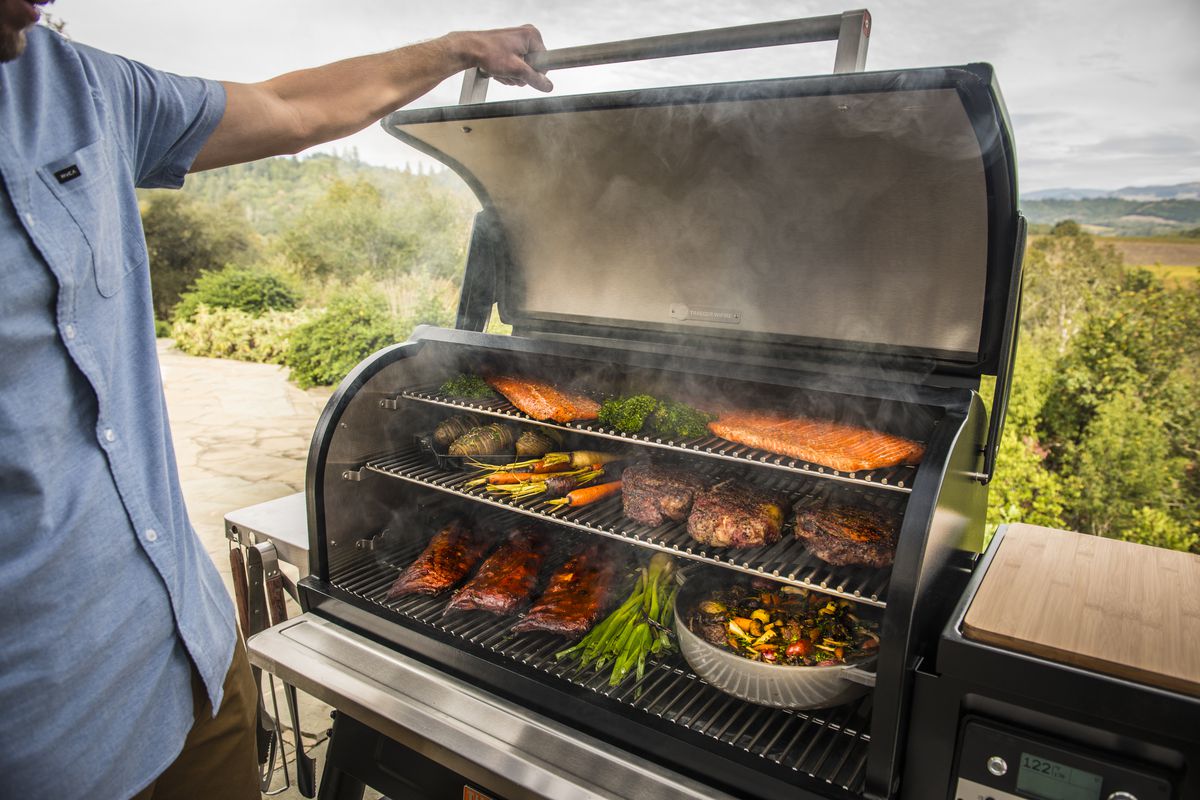

Articles
How Do Traeger Grills Work
Modified: October 28, 2024
Discover how Traeger grills work with our informative articles. Learn about the innovative technology behind these grills and enhance your grilling experience.
(Many of the links in this article redirect to a specific reviewed product. Your purchase of these products through affiliate links helps to generate commission for Storables.com, at no extra cost. Learn more)
Introduction
Welcome to the world of Traeger grills, where the art of grilling meets technology. Traeger grills have revolutionized the way we cook outdoors, offering a unique and convenient grilling experience for both amateur and professional grillmasters alike.
Whether you’re a seasoned grilling enthusiast or just starting to explore the world of outdoor cooking, understanding how Traeger grills work can help you achieve delicious, perfectly cooked meals every time.
In this article, we’ll take a deep dive into the inner workings of Traeger grills, exploring their history, components, working mechanism, and more. So, let’s fire up the grill and get started!
Key Takeaways:
- Traeger grills combine modern technology with wood-fired flavor, offering precise temperature control and versatile cooking options. They revolutionize outdoor cooking for both beginners and seasoned grillmasters.
- While Traeger grills provide convenience and rich flavors, users should be mindful of pellet availability, weather impact, and maintenance needs. With proper care, Traeger grills offer exceptional outdoor cooking experiences.
Read more: Who Sells Traeger Grills
History of Traeger Grills
The story of Traeger grills dates back to the 1980s when Joe Traeger, an engineer from Oregon, invented the world’s first pellet grill. Inspired by the love of outdoor cooking and the desire to enhance the flavor of food, Traeger set out to create a device that would combine the convenience of an electric grill with the smoky, authentic taste of wood-fired cooking.
After years of experimentation and refining the design, Traeger introduced his invention to the market in 1986. The original Traeger grill featured a simple yet innovative design, with a metal drum-shaped body, a heating element, and a hopper to hold the wood pellets.
The distinctive feature of Traeger grills was the use of hardwood pellets as the fuel source. These pellets, made from compacted sawdust, provided a consistent and clean-burning fuel, delivering rich wood-fired flavors to the food.
The concept of pellet grilling quickly gained popularity among outdoor cooking enthusiasts, and Traeger’s invention started to gain widespread recognition. Over the years, Traeger grills have continued to evolve, incorporating advanced features and technologies to enhance the grilling experience.
In 2006, Traeger grills underwent a significant change when the Traeger family sold the company. This change led to the development of new models and improvements in design and functionality. Today, Traeger grills are known for their durability, precision temperature control, and versatility.
With a range of models available, from compact portable grills to large capacity grills, Traeger has become a household name in the world of outdoor cooking. They have gained a reputation for producing high-quality grills that deliver outstanding results, whether you’re grilling, smoking, baking, roasting, or braising.
The commitment to innovation and excellence has made Traeger a leader in the pellet grill industry, and they continue to push the boundaries of what is possible in outdoor cooking.
Components of Traeger Grills
Traeger grills are designed with a combination of high-quality materials and precision engineering to ensure optimal performance and durability. Understanding the key components of Traeger grills will help you appreciate how they work and why they are so effective in delivering delicious and evenly cooked meals.
1. Hopper: The hopper is where the hardwood pellets are stored. It is usually located on the side of the grill and has a capacity to hold a certain amount of pellets, depending on the model. The pellets are automatically fed into the firepot as needed during the cooking process.
2. Firepot: The firepot is a metal container located inside the grill where the pellets are burned to produce heat and smoke. It has a combustion chamber and a small igniter rod that heats up to ignite the pellets.
3. Pellet Auger System: The pellet auger system is responsible for transferring the pellets from the hopper to the firepot. It consists of an auger, which is a long, screw-like device that rotates and pushes the pellets forward. The speed of the auger can be controlled to adjust the temperature inside the grill.
4. Drip Tray: The drip tray is positioned beneath the cooking grates to collect any drippings or grease that may fall from the food during the cooking process. This helps to prevent flare-ups and allows for easier cleanup.
5. Cooking Grates: The cooking grates are where the food is placed for cooking. They are usually made of high-quality stainless steel or cast iron, providing excellent heat retention and even heat distribution.
6. Temperature Control Panel: Traeger grills are equipped with a temperature control panel, allowing you to set and adjust the desired cooking temperature. Some models also offer advanced digital control panels with additional features such as Wi-Fi connectivity and programmable cooking modes.
7. Grease Management System: To keep the grill clean and prevent grease buildup, Traeger grills feature a grease management system. This typically includes a drip bucket or a grease channel that directs the grease away from the grill and into a separate container for easy disposal.
These are the key components that make up Traeger grills. Each component plays a crucial role in the overall functionality of the grill, allowing for precise temperature control, efficient pellet consumption, and effortless cooking experience.
The Working Mechanism of Traeger Grills
Understanding the working mechanism of Traeger grills is essential to harness the full potential of these innovative cooking appliances. The process involves a combination of technology, heat, and wood-fired flavor to create delicious meals with ease.
The working mechanism of Traeger grills can be broken down into several stages:
- Filling the hopper: The first step is to fill the hopper with hardwood pellets of your choice. These food-grade pellets are made from compressed sawdust and come in a variety of flavors, such as hickory, mesquite, or apple, allowing you to customize the taste of your food.
- Ignition: Once the hopper is filled, the grill’s ignition system comes into play. A small igniter rod, located in the firepot, heats up to ignite the pellets. This process is typically initiated by pressing a button or turning on the grill’s power switch.
- Pellet Auger System: As the pellets ignite, the pellet auger system starts feeding the pellets from the hopper into the firepot. The auger rotates continuously, pushing a controlled amount of pellets into the firepot to maintain a consistent temperature throughout the cooking process.
- Heat and Smoke Production: As the pellets burn in the firepot, they produce both heat and flavorful smoke. This combination of radiant heat and aromatic smoke infuses the food with a unique wood-fired taste, enhancing the flavor profile and creating a mouthwatering experience.
- Cooking Process: Once the desired temperature is set on the control panel, the grill’s internal temperature sensors monitor the heat inside the cooking chamber. If the temperature drops below the set value, the pellet auger system increases the pellet feed rate, boosting the heat output. Likewise, if the temperature exceeds the set value, the feed rate is reduced to maintain the desired temperature range.
- Cooking Versatility: Traeger grills offer various cooking methods, including grilling, smoking, baking, roasting, or braising. The versatility of these grills allows you to explore a wide range of recipes and cooking techniques, adapting to your culinary preferences and preferences of your guests.
The working mechanism of Traeger grills is the perfect marriage between convenience, flavor, and precision cooking. With easy temperature control and the ability to infuse your food with mouthwatering wood-fired flavors, Traeger grills empower you to create restaurant-quality meals in the comfort of your own backyard.
How Traeger Grills Produce and Control Heat
One of the key features that set Traeger grills apart is their ability to produce and maintain consistent heat throughout the cooking process. Understanding how Traeger grills accomplish this can help you achieve perfectly cooked meals with minimal effort.
Traeger grills utilize an efficient combustion system that relies on a combination of pellets, airflow, and temperature control to generate heat. Here’s how it works:
1. Pellet Ignition: When you start your Traeger grill, the ignition system activates a small igniter rod located in the firepot. The igniter rod heats up, igniting the hardwood pellets.
2. Combustion Chamber: The firepot serves as the combustion chamber, where the ignited pellets burn to produce heat and smoke. The orientation of the firepot ensures consistent airflow, allowing the pellets to burn evenly and efficiently.
3. Convection Heat: Traeger grills use convection heat to cook the food. Convection heat refers to the circulation of hot air inside the cooking chamber. This creates an even distribution of heat, ensuring that the food cooks evenly from all sides.
4. Temperature Control System: The temperature control system in Traeger grills is designed to maintain a precise and consistent cooking temperature. It relies on a combination of the pellet auger and an internal temperature sensor.
5. Pellet Auger System: The pellet auger system controls the feed rate of the hardwood pellets into the firepot. By adjusting the feed rate, Traeger grills can increase or decrease heat output, allowing for precise temperature control.
6. Internal Temperature Sensor: Traeger grills are equipped with internal temperature sensors that constantly monitor the heat inside the cooking chamber. If the temperature falls below the set value, the pellet auger increases the feed rate to generate more heat. Conversely, if the temperature rises above the set value, the feed rate is reduced to stabilize the temperature.
7. Exhaust System: Traeger grills have an exhaust system that helps regulate the airflow inside the cooking chamber. This not only contributes to temperature control but also helps to maintain a consistent level of smoke, enhancing the flavor of the food.
By combining these elements, Traeger grills achieve efficient heat production and precise temperature control. This allows you to cook a wide range of dishes with confidence, knowing that your Traeger grill will maintain the desired temperature and produce exceptional results every time.
Read more: How Much Are Traeger Grills
Pellet Auger System in Traeger Grills
The pellet auger system is a critical component of Traeger grills that plays a key role in delivering consistent heat and optimal grilling performance. This system is responsible for transferring hardwood pellets from the hopper to the firepot, ensuring a steady and controlled fuel supply throughout the cooking process.
Here’s how the pellet auger system works in Traeger grills:
1. Hopper: The hopper is where the hardwood pellets are stored. It is usually located on the side of the grill and has a designated capacity to hold a specific quantity of pellets.
2. Auger Motor: The pellet auger system incorporates an auger motor, which is responsible for driving the rotation of the pellet auger. The motor is specially designed to provide a consistent and reliable power source for the system.
3. Pellet Auger: The pellet auger is a long, screw-like device located inside the hopper. When the auger motor is activated, it rotates the pellet auger, which pushes the hardwood pellets forward towards the firepot.
4. Speed Control: The speed at which the pellet auger rotates can be adjusted to control the rate of pellet feed into the firepot. Traeger grills typically have a control knob or button that allows you to increase or decrease the feed rate, depending on your desired cooking temperature.
5. Firepot: The firepot is where the pellets eventually end up. It is the combustion chamber of the grill, where the pellets burn to produce heat and smoke for cooking. The pellet auger system ensures a consistent supply of pellets to maintain the desired cooking temperature.
6. Temperature Control: The pellet auger system in Traeger grills is closely integrated with the temperature control system. As the temperature inside the grill fluctuates, the control panel sends signals to the auger motor, adjusting the speed of the pellet auger to maintain a steady heat output.
The pellet auger system in Traeger grills provides several advantages. Firstly, it ensures a steady supply of hardwood pellets for continuous heat and smoke production. Secondly, it allows for precise temperature control, as the speed of the pellet auger can be adjusted to accommodate different cooking requirements.
With the pellet auger system, Traeger grills deliver reliable performance, consistent heat distribution, and optimal fuel efficiency. This ensures that your grilled meals are cooked to perfection, with the delicious flavors and aromas associated with wood-fired cooking.
When using a Traeger grill, make sure to regularly clean the grill grates and grease tray to prevent flare-ups and maintain even heat distribution. This will help ensure that your food cooks evenly and has a delicious wood-fired flavor.
Ignition and Temperature Control in Traeger Grills
Ignition and temperature control are two crucial aspects of Traeger grills that allow for precise and effortless cooking. These features ensure that your grill is ready to use and can maintain the desired temperature throughout the cooking process. Let’s explore how ignition and temperature control work in Traeger grills.
Ignition: Traeger grills are equipped with an ignition system that makes starting the grill quick and convenient. The ignition system typically consists of an igniter rod and a hot rod. When you turn on the grill, the hot rod heats up, while the igniter rod ignites the hardwood pellets in the firepot.
Once the pellets ignite, the combustion process begins, generating heat and smoke for cooking. The ignition system ensures consistent and reliable ignition, allowing you to start grilling without the need for lighter fluid or matches.
Temperature Control: Temperature control is a crucial feature in Traeger grills that allows you to set and maintain the desired cooking temperature. Traeger grills utilize a combination of technology and sensors to achieve precise temperature control.
When you set the desired temperature on the control panel, the temperature control system goes into action. The system includes internal temperature sensors that constantly monitor the heat inside the cooking chamber. If the temperature falls below the set value, the controller sends a signal to the pellet auger system to increase the feed rate, generating more heat. Conversely, if the temperature rises above the set value, the feed rate is decreased to stabilize the temperature.
The temperature control system ensures that the grill maintains a steady heat output, allowing for consistent and even cooking. This level of control is especially useful for low and slow cooking techniques like smoking, where precise temperature regulation is crucial for achieving tender and flavorful results.
Furthermore, advanced models of Traeger grills often feature digital control panels with additional features like Wi-Fi connectivity and programmable cooking modes. These panels enable you to monitor and adjust the temperature remotely using a mobile app, giving you even more convenience and control over your grilling experience.
The combination of reliable ignition and precise temperature control in Traeger grills makes them incredibly user-friendly and ensures consistent cooking results. Whether you’re searing a steak at high temperatures or slow-smoking a rack of ribs, Traeger grills provide the tools you need to achieve optimal cooking temperatures with unparalleled ease.
Cooking Process on Traeger Grills
Using a Traeger grill is not just about cooking; it’s an immersive experience that allows you to infuse your food with delicious wood-fired flavors. The cooking process on Traeger grills combines innovative technology and traditional grilling techniques to deliver exceptional results. Let’s explore the steps involved in the cooking process on Traeger grills:
1. Preheating: Before you start cooking, it’s essential to preheat your Traeger grill. This step ensures that the grill reaches the desired cooking temperature and helps to establish a stable cooking environment. Simply turn on the grill, set the desired temperature on the control panel, and allow the grill to preheat for a few minutes.
2. Flavor Selection: Traeger grills offer a wide selection of hardwood pellets, each imparting its unique flavor to the food. Choose the type of pellet that complements your dish, such as hickory for a rich smoky flavor or apple for a milder fruity taste. The pellets are then poured into the hopper, ready to enhance the flavor of your food.
3. Food Placement: Once the grill is preheated, it’s time to place your food on the cooking grates. Traeger grills offer ample cooking space to accommodate various types of food, whether it’s steaks, burgers, chicken, vegetables, or even pizza. Arrange the food evenly on the grates, ensuring there is enough space for proper air circulation.
4. Cooking Techniques: Traeger grills are incredibly versatile, allowing you to employ a range of cooking techniques. You can grill, smoke, bake, roast, or braise your food on a Traeger grill, giving you the freedom to explore various recipes and experiment with different flavors and textures.
5. Temperature Control: Once your food is placed on the grill, the temperature control system in Traeger grills kicks in. Set your desired cooking temperature on the control panel and let the grill work its magic. The internal temperature sensors monitor the heat inside the cooking chamber, while the pellet auger system adjusts the feed rate to maintain the set temperature precisely.
6. Monitoring and Flipping: While the food is cooking, it’s important to keep an eye on its progress. Traeger grills typically involve flipping the food halfway through the cooking process to ensure even browning and cooking on both sides. Use tongs or a spatula to flip the food gently and avoid piercing it, as this can cause flavorful juices to escape.
7. Finishing Touches: As your food approaches the desired level of doneness, consider adding any finishing touches or glazes. Traeger grills allow you to achieve beautiful caramelization and crust development on your food. You can also use the grill’s warming rack to keep cooked food warm while you finish up the remaining items.
8. Resting and Enjoying: Once your food is cooked to perfection, it’s important to let it rest before serving. Resting allows the juices to redistribute throughout the food, resulting in tender and juicy bites. After a short resting period, it’s time to savor the delicious flavors and aromas of your wood-fired creations.
The cooking process on Traeger grills is an enjoyable and rewarding experience. With the precise temperature control and versatility of Traeger grills, you can confidently prepare a wide range of mouthwatering dishes that will impress your family and friends.
Advantages of Using Traeger Grills
Using Traeger grills offers a multitude of advantages that make them a top choice for outdoor cooking enthusiasts. From convenience and versatility to flavor and performance, here are some of the key advantages of using Traeger grills:
1. Wood-Fired Flavor: Traeger grills excel at infusing food with delicious wood-fired flavors. The hardwood pellets used as fuel provide a distinct smoky taste that enhances the overall flavor profile of grilled, smoked, baked, or roasted dishes. With Traeger grills, you can enjoy the authentic taste of outdoor cooking right in your backyard.
2. Versatility: Traeger grills are incredibly versatile and can handle a wide range of cooking techniques. Whether you want to sear steaks at high temperatures, slow-smoke ribs for hours, bake pizza with a crispy crust, or roast a whole chicken, Traeger grills have you covered. The ability to cook various types of food using different methods opens up a world of culinary possibilities.
3. Precision Temperature Control: Temperature control is a standout feature of Traeger grills. With their digital control panels, you can set and maintain precise cooking temperatures, ensuring consistent results every time. This feature is especially valuable for low and slow cooking techniques, allowing for effortless smoking and tenderizing of meats.
4. Easy to Use: Traeger grills are designed with user-friendliness in mind. From the simple ignition process to the intuitive control panel, Traeger grills make outdoor cooking accessible to beginners and experts alike. With Traeger grills, you can achieve professional-level results with minimal effort.
5. Consistent Heat Distribution: The convection heat system in Traeger grills ensures even heat distribution throughout the cooking chamber, resulting in uniform cooking and less risk of hot spots or unevenly cooked food. This feature eliminates the need for constant flipping or turning of the food, allowing you to relax and enjoy the grilling process.
6. Time-Saving: Traeger grills are known for their efficiency and time-saving capabilities. The automated pellet auger system ensures a steady supply of fuel, so there’s no need to constantly tend to the grill or worry about fuel consumption. Additionally, the precise temperature control combined with the convection heat allows for faster and more efficient cooking, reducing overall cooking time.
7. Easy Cleanup: Traeger grills are designed with easy cleanup in mind. Many models feature a grease management system that collects drippings and directs them away from the cooking area, making cleanup a breeze. The porcelain-coated grates are also easy to clean, and the ash from the burned pellets can be easily removed from the firepot.
8. Durability and Warranty: Traeger grills are built to last, with high-quality materials and craftsmanship. They are designed to withstand the rigors of outdoor cooking and provide years of reliable performance. Additionally, Traeger offers a warranty on their grills, providing peace of mind and exceptional customer support.
These advantages make Traeger grills an excellent choice for those looking to elevate their outdoor cooking experience. With their wood-fired flavor, versatility, precision temperature control, and user-friendly design, Traeger grills empower you to create delicious, restaurant-quality meals in your own backyard.
Read more: How To Clean Traeger Grill
Limitations and Maintenance Tips for Traeger Grills
While Traeger grills offer numerous advantages, it’s important to be aware of their limitations and follow proper maintenance practices to ensure optimal performance and longevity. Here are some limitations to consider and maintenance tips for your Traeger grill:
1. Pellet Availability: One limitation of Traeger grills is the availability of hardwood pellets. While these pellets are widely accessible, it’s essential to ensure a steady supply to avoid interruptions in your grilling experience. Stock up on pellets and store them in a dry place to maintain their quality.
2. Pellet Residue: The combustion of hardwood pellets in Traeger grills produces ashes, which accumulate in the firepot. Regularly clean out the firepot and remove any ash buildup to ensure proper airflow and prevent performance issues.
3. Weather Dependence: Traeger grills are affected by external weather conditions, particularly in colder climates. During colder temperatures, the grill may take longer to reach and maintain the desired cooking temperature. Consider using insulation blankets or placing the grill in a sheltered area to minimize heat loss.
4. Limited Searing Capability: While Traeger grills excel at low and slow cooking, achieving a high-temperature sear can be challenging. The convection heating system prioritizes even heat distribution, which can hinder the development of a crispy crust on certain foods. To overcome this limitation, utilize techniques like reverse searing or finish foods on a separate direct heat source.
5. Cleaning and Maintenance: Proper cleaning and maintenance are essential for the longevity and performance of your Traeger grill. Regularly clean the grill’s interior, grates, and drip tray to prevent grease buildup and ensure optimal airflow. Refer to the manufacturer’s instructions for specific cleaning recommendations.
6. Component Check: Periodically check the components of your Traeger grill for any signs of wear or damage. This includes inspecting the wiring, electrical connections, and seals. Replace any worn-out or faulty components to maintain safe operation and prolong the lifespan of the grill.
7. Routine Pellet Auger Maintenance: Pay attention to the pellet auger system, as it is a critical component of the grill. Regularly clean the auger, removing any pellet dust or debris that may accumulate over time. Lubricate the auger with food-grade pellet grill lubricant to ensure smooth operation.
8. Seasoning the Grill: When you first get your Traeger grill, it’s essential to season it before cooking any food. This process involves heating the grill at a high temperature for a certain period to burn off any residual manufacturing oils and to create a non-stick surface on the grates.
By being aware of these limitations and following proper maintenance practices, you can maximize the performance and longevity of your Traeger grill. Regular cleaning, checking for component wear, and maintaining the pellet auger system will ensure that your grill continues to deliver exceptional results for many seasons of outdoor cooking enjoyment.
Conclusion
Traeger grills have revolutionized the outdoor cooking experience, combining the convenience of modern technology with the rich, smoky flavors of wood-fired cooking. With their innovative design, precise temperature control, and versatility, Traeger grills have become a favorite among grilling enthusiasts of all skill levels.
Throughout this article, we explored the history, components, working mechanism, and advantages of using Traeger grills. We learned how Traeger grills produce and control heat, thanks to their efficient pellet auger system and advanced temperature control technology. We discovered the wide range of cooking possibilities these grills offer, from grilling and smoking to baking and roasting.
The wood-fired flavor imparted by Traeger grills brings a unique taste to every meal, elevating the outdoor cooking experience to new heights. The precise temperature control ensures consistent results, while the user-friendly design makes Traeger grills accessible to even the novice griller.
However, it’s important to be aware of the limitations of Traeger grills as well. Ensuring a steady supply of hardwood pellets, regularly cleaning and maintaining the grill, and considering external factors like weather and searing capability can help you overcome any challenges you may encounter.
In conclusion, Traeger grills are an exceptional choice for anyone who wants to enjoy the art of outdoor cooking. Whether you’re grilling up steaks for a backyard barbecue or slow-smoking a rack of ribs for a family gathering, Traeger grills provide the tools and technology to create mouthwatering meals, infused with delicious wood-fired flavors.
So, unleash your culinary creativity and let Traeger grills be your trusted companion for creating memorable and flavorful outdoor cooking experiences. Delight your family, friends, and yourself with the exceptional taste and convenience that Traeger grills bring to your backyard.
Curious about how other grilling technologies stack up to Traeger grills? If pellet grills have grabbed your attention, delve deeper into their mechanics and benefits. Understanding how wood pellet grills function offers valuable insights into alternatives that might better suit your culinary style or preferences.
Frequently Asked Questions about How Do Traeger Grills Work
Was this page helpful?
At Storables.com, we guarantee accurate and reliable information. Our content, validated by Expert Board Contributors, is crafted following stringent Editorial Policies. We're committed to providing you with well-researched, expert-backed insights for all your informational needs.
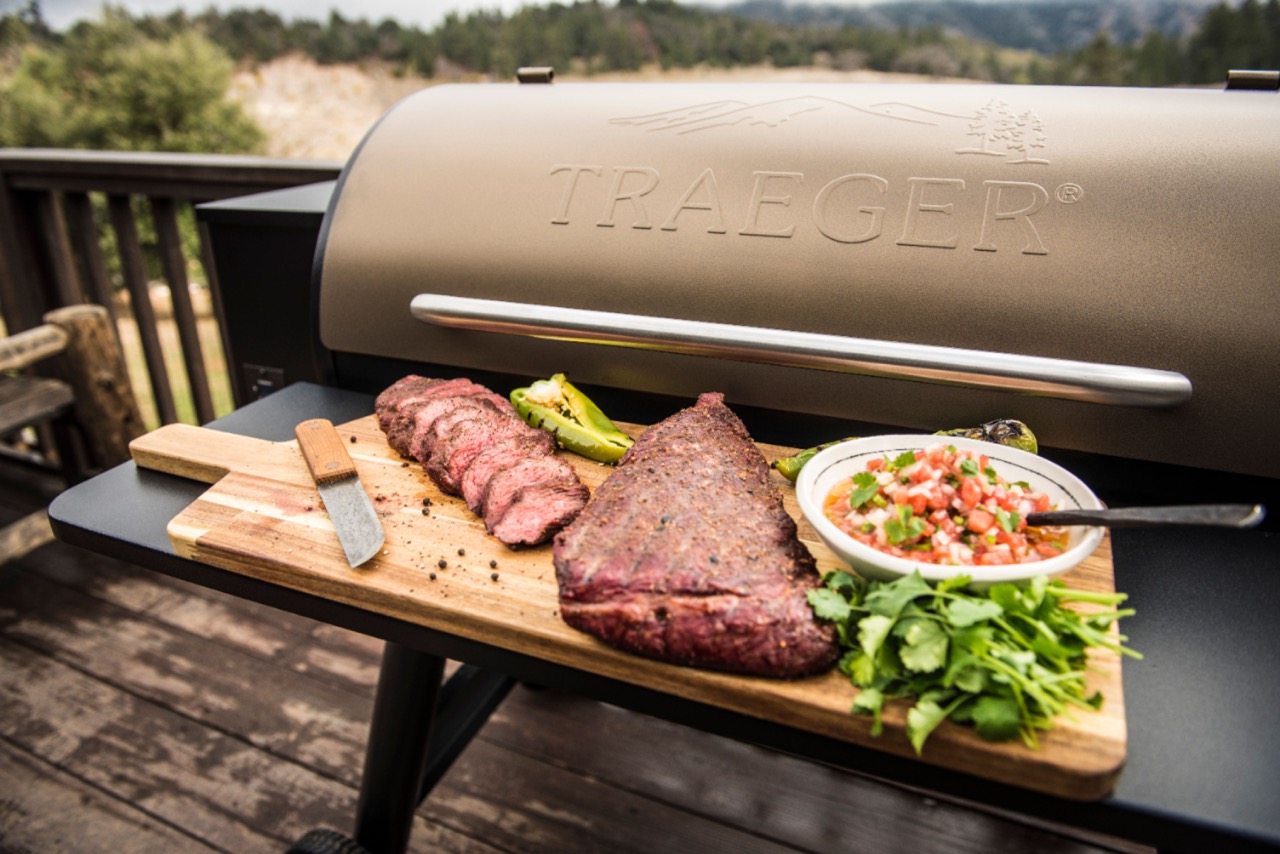
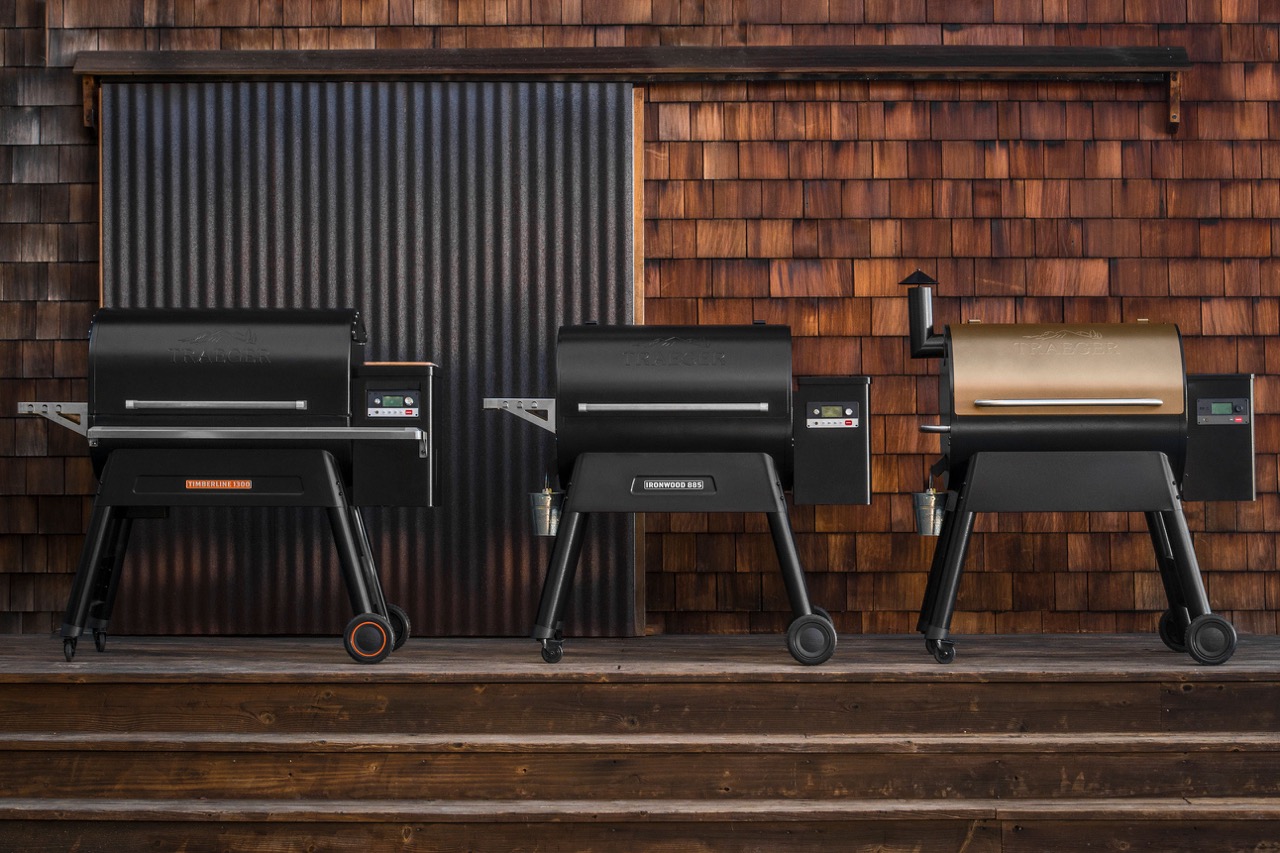

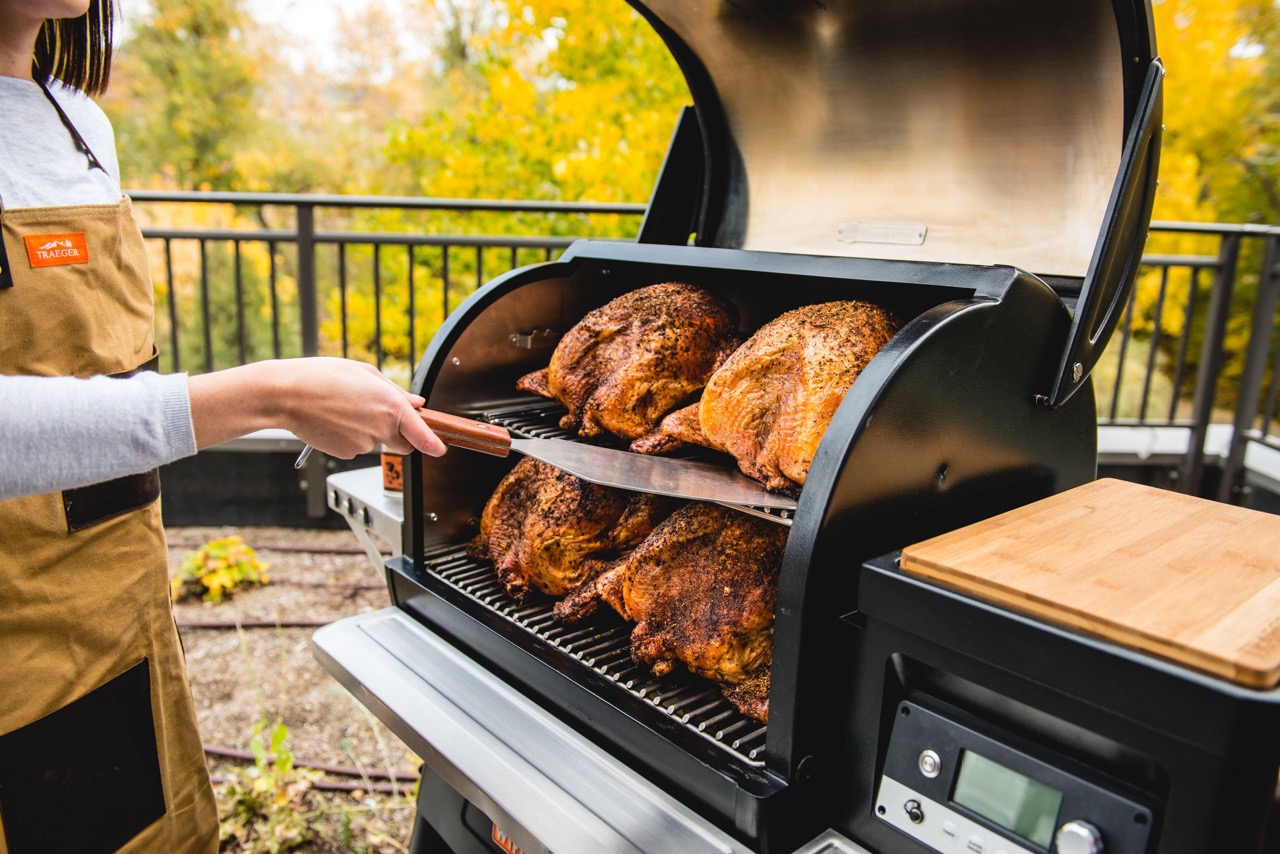
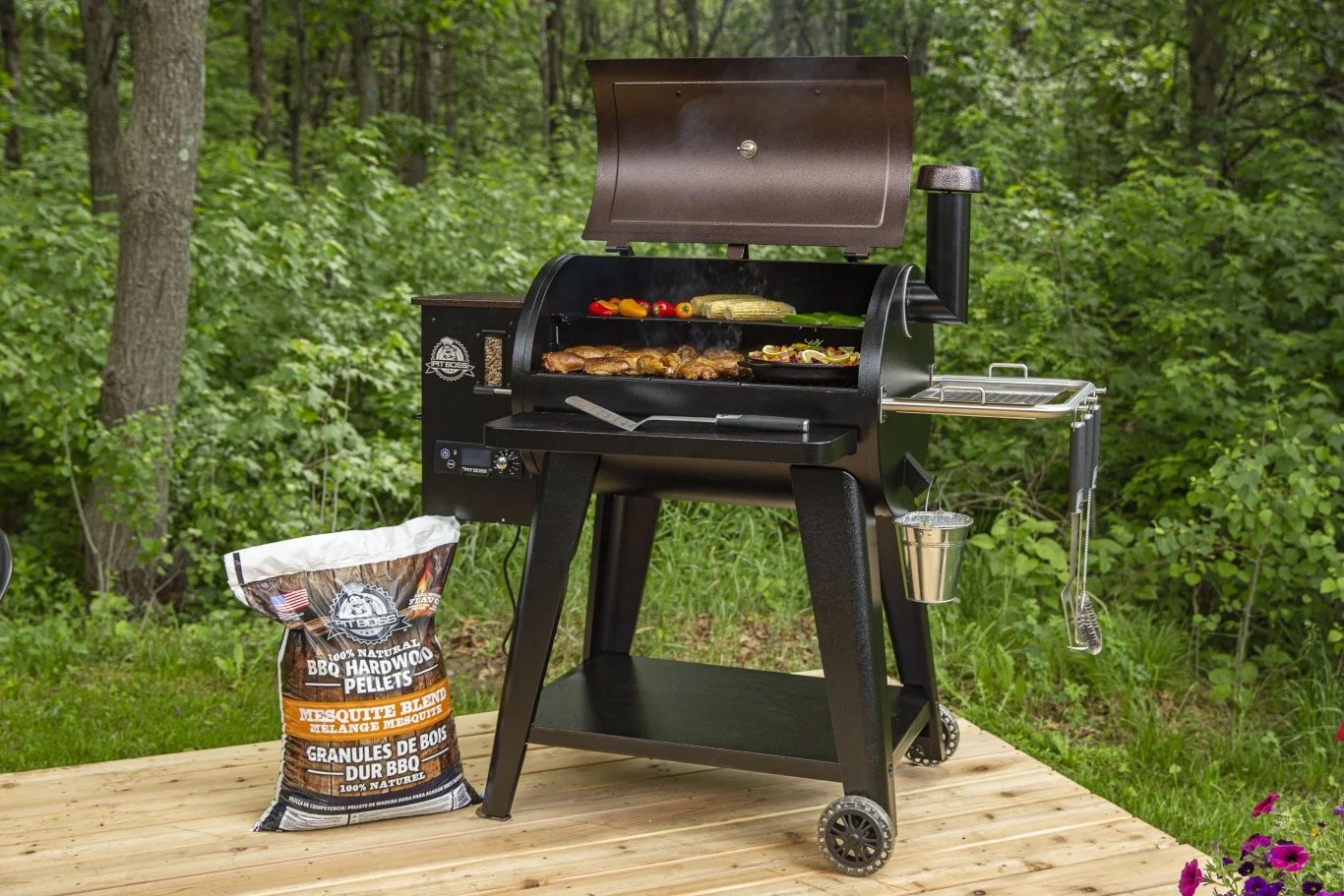
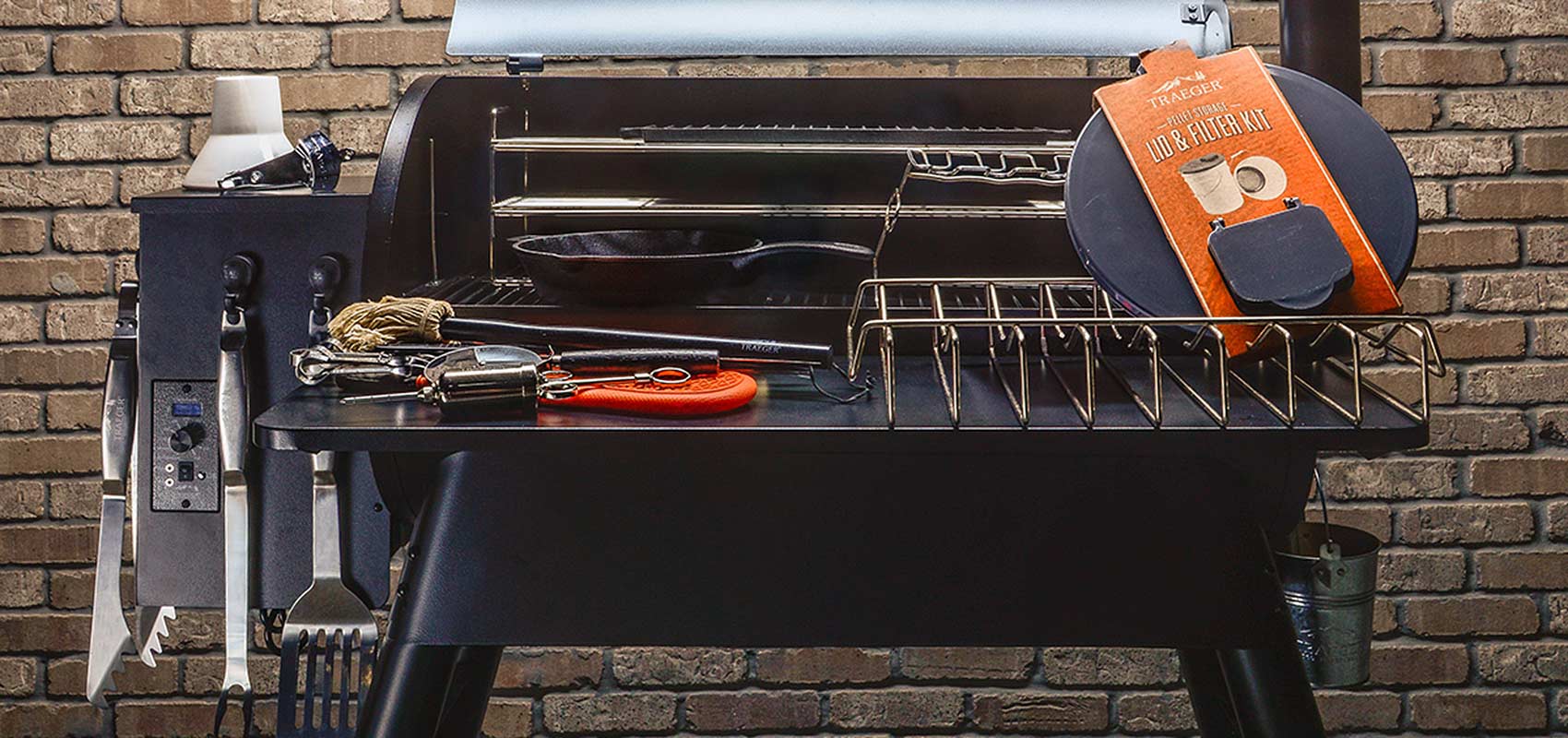
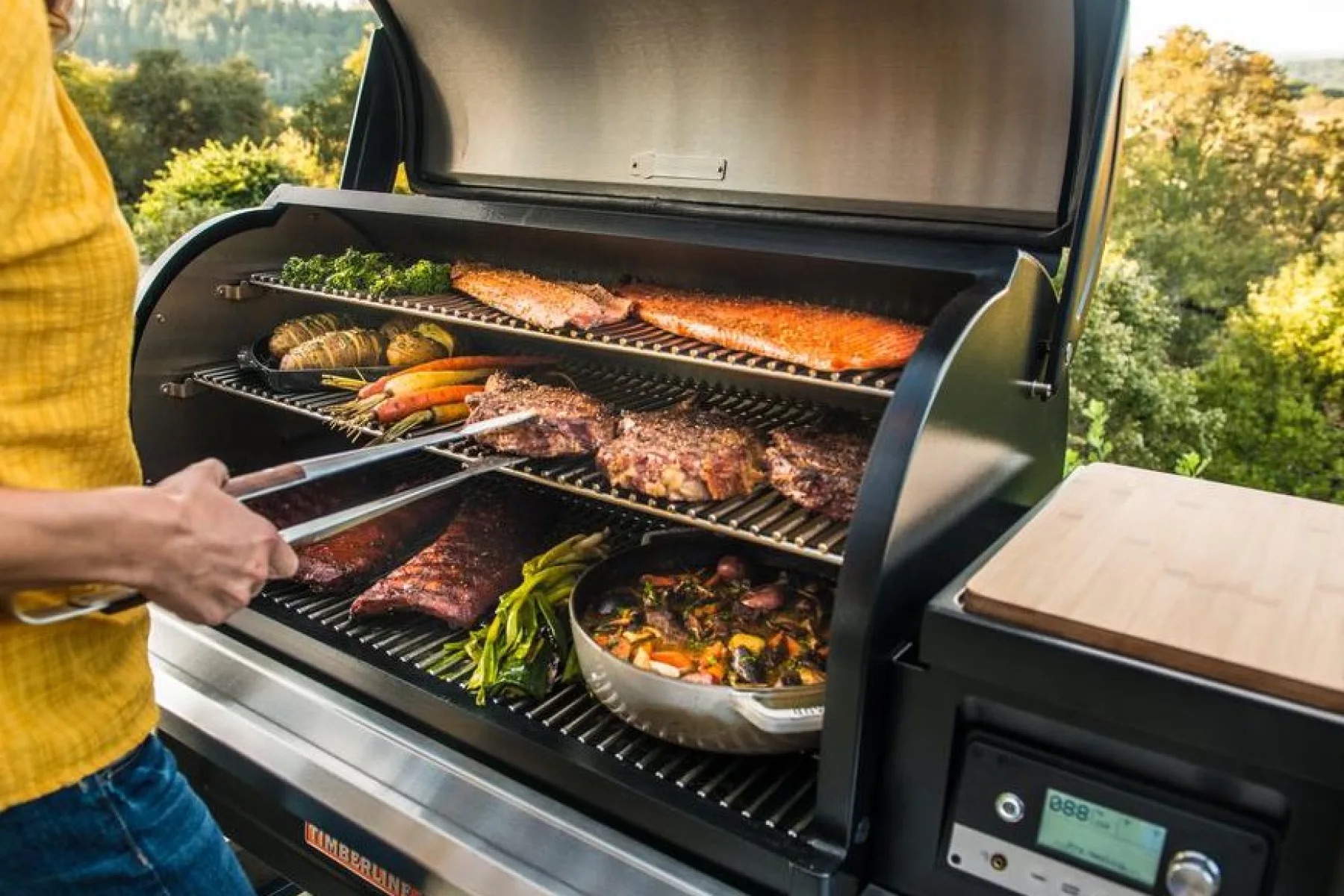
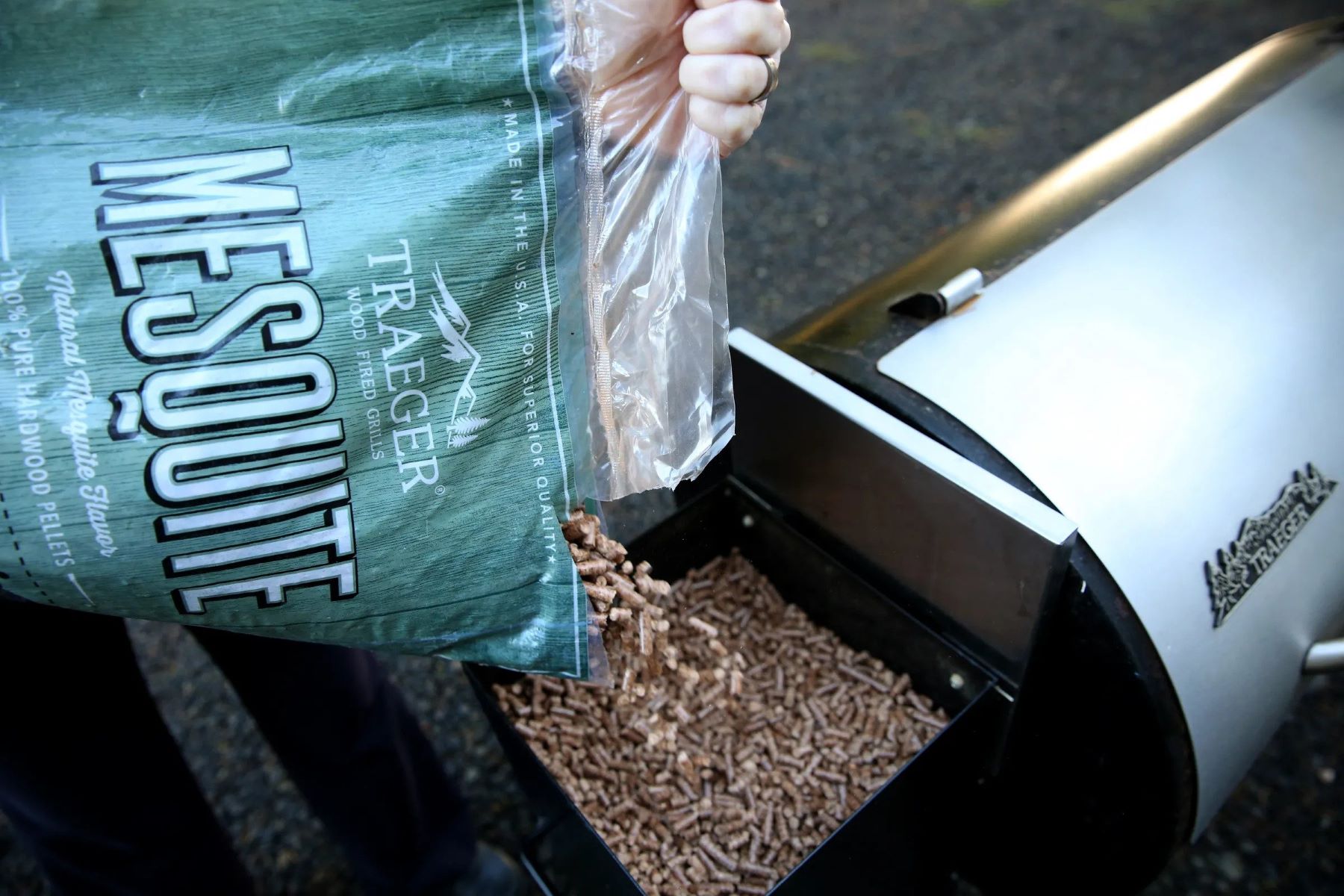
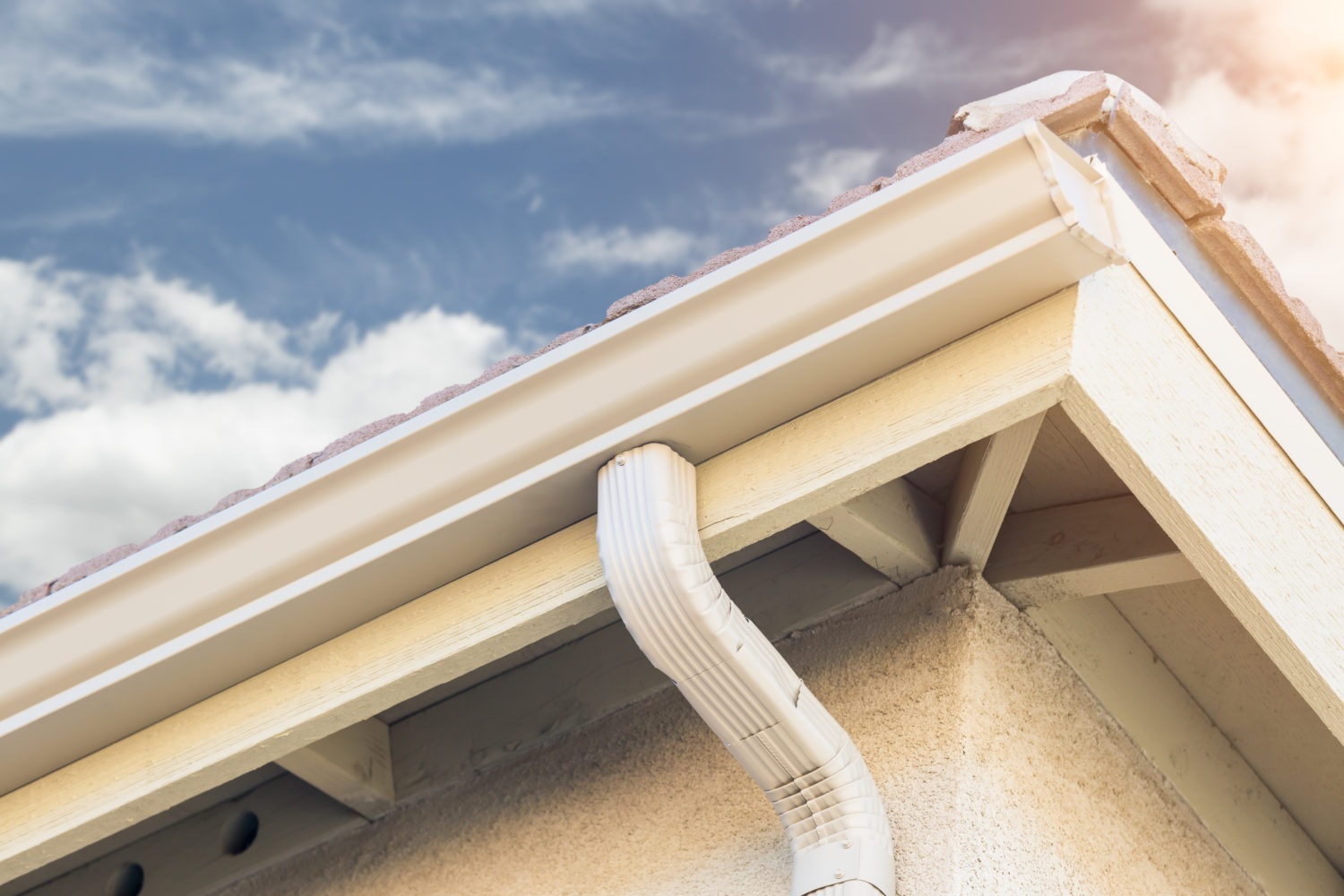
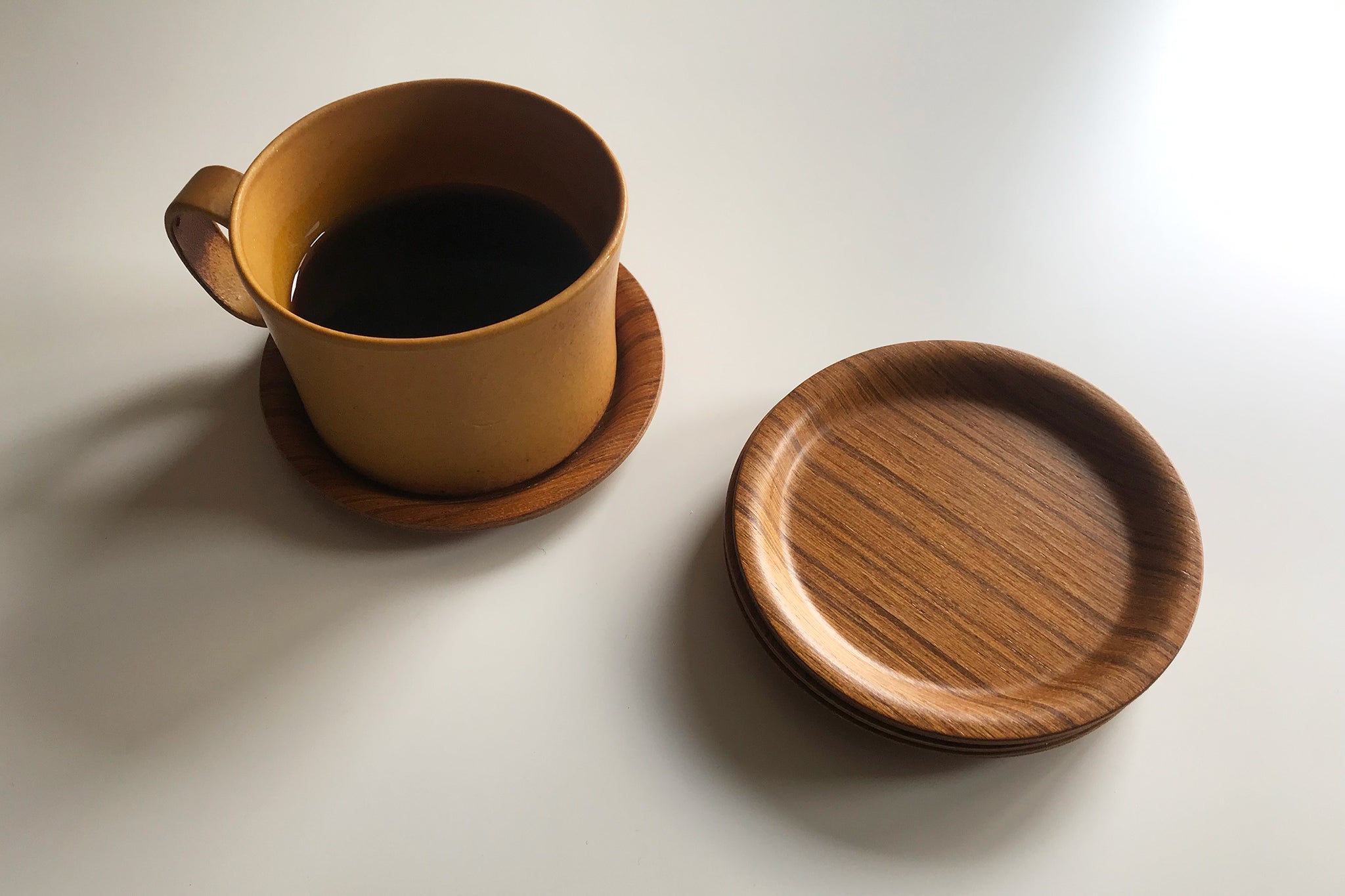
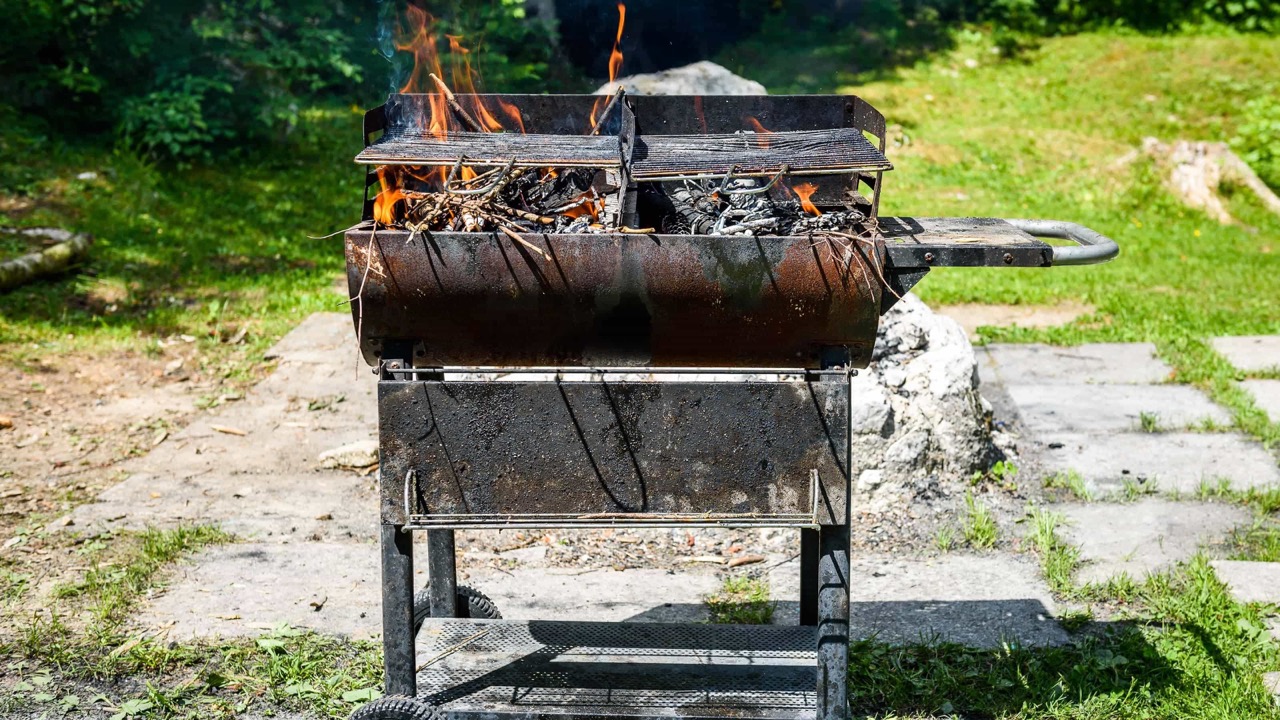
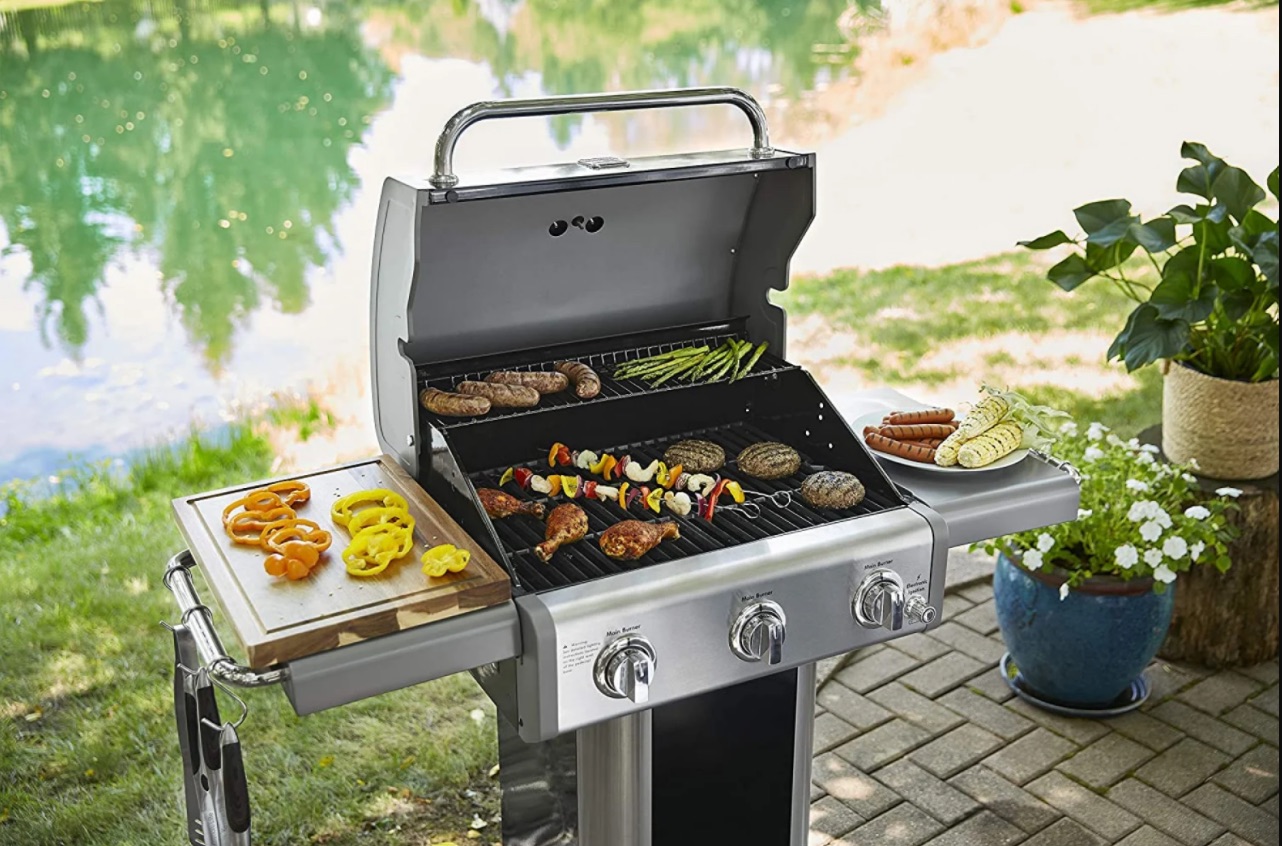


0 thoughts on “How Do Traeger Grills Work”